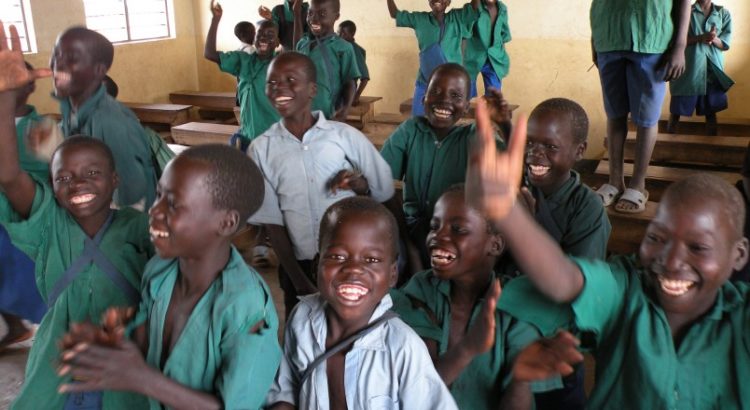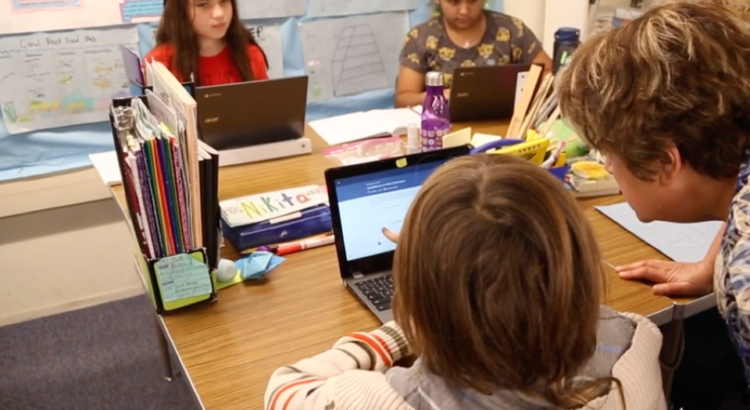Africa/africatimes.com/ Dominic Rohner y Alessandro Saia
Según el Informe anual de las Naciones Unidas sobre los niños y los conflictos armados, el año 2018 fue el peor registrado en términos de niños atrapados en regiones de conflicto armado, con casi 250,000 estudiantes afectados por el cierre de varios cientos de escuelas solo en Malí.
Estas estadísticas son particularmente alarmantes porque los políticos, periodistas y ONG creen ampliamente que invertir en educación puede desempeñar un papel clave en la reducción de conflictos. Los grupos armados que intentan perpetuar los combates también parecen entender esta conexión. En Nigeria, por ejemplo, Boko Haram (que se traduce libremente como «la educación occidental está prohibida») ataca deliberadamente a las escuelas en sus ataques, tal como lo han hecho los talibanes en Afganistán y Pakistán.
Tiene sentido que debamos esperar una mejor educación para proporcionar un antídoto al conflicto civil y la violencia política. La escuela, si está bien diseñada, puede ayudar a inculcar la tolerancia y la mentalidad abierta, así como a impulsar la toma de decisiones racionales, lo que probablemente aumentará la conciencia de una persona sobre la naturaleza de la guerra de suma negativa.
Pero aunque hay mucha investigación sobre el conflicto, se ha dedicado muy poco a examinar las conexiones causales entre el conflicto y la educación. Esto se debe en parte al hecho de que cuantificar el vínculo entre educación y estabilidad política es muy complejo y que en países económicamente estables, puede ser difícil descifrar este impacto.
Del mismo modo, incluso si la escolarización tiende a reducir la violencia, la propensión a cometer delitos y la probabilidad de alistarse en una rebelión armada, hay poca comprensión sobre cómo y por qué esimportante la educación, preguntas que tienen implicaciones importantes para la política.
Pero gracias a un experimento de política único que comenzó en Indonesia en la década de 1970, hemos podido analizar y rastrear el impacto que la educación ha tenido en la reducción de conflictos durante un período de 40 años. Nuestro reciente artículo, Educación y conflicto: evidencia de un experimento de política en Indonesia , es un estudio poco común del impacto político de tal iniciativa educativa.
El catalizador de este trabajo fue uno de los mayores programas de construcción de escuelas primarias jamás emprendido. Entre 1974 y 1978, el gobierno indonesio construyó más de 61,000 escuelas. Esto proporcionó una gran cantidad de datos que podrían analizarse contra nuestro propio conjunto de datos de violencia política en 289 distritos de Indonesia entre 1955 y 1994.
Al igual que muchos países africanos en la actualidad, Indonesia tenía la capacidad estatal suficiente para poder llevar a cabo un proyecto tan ambicioso sin dejar de sufrir una considerable inestabilidad subyacente, tensiones comunitarias y violencia política. Por lo tanto, es significativo que encontremos evidencia abrumadora de que el auge de la construcción de escuelas condujo a una disminución medible del conflicto, ya sea económico, étnico, religioso o político, con la magnitud de este impacto aumentando con el tiempo.
Los efectos de la educación pueden no ser siempre positivos. Al aumentar las aspiraciones, en realidad puede alentar los disturbios sociales y aumentar el potencial de acción colectiva contra un régimen.Y si se usa incorrectamente como un medio de adoctrinamiento, la educación puede provocar tensiones culturales e impulsar los sentimientos nacionalistas.
Si bien no podemos predecir cuál de estos mecanismos potenciales tendrá el efecto más fuerte en una situación particular, es muy significativo que, al menos en el contexto que estudiamos, los impactos sociales de una educación mejorada se hagan evidentes muy rápidamente, con beneficios que solo aparecen después de varios años.
Existe evidencia clara, por ejemplo, de que la educación aumenta la tolerancia religiosa y la participación de la comunidad local.Curiosamente, este efecto no es impulsado por una reducción en la observancia religiosa; de hecho, encontramos que la construcción de escuelas no tuvo impacto en la religiosidad. En cambio, la educación conduce a una mayor confianza y tolerancia de otros grupos. Además, la confianza aumenta si hay diversidad en las escuelas, promoviendo actitudes más abiertas en los niños que a su vez pueden tener un impacto positivo en los niveles de tolerancia dentro de sus propias familias y comunidades.
En cuanto a cómo la educación reduce el conflicto, descubrimos que la construcción de escuelas está vinculada a una reducción de la violencia, pero no afecta la propensión a participar en protestas pacíficas. En todo caso, hace que las personas estén más dispuestas a participar en la acción colectiva local. Entonces, lo que hace la escolarización es llevar a un cambio de «violencia» a «voz».
En general, está claro que invertir en educación tiene el potencial de generar beneficios sustanciales en términos de prevención de conflictos que van mucho más allá de las reducidas ganancias económicas y de capital humano. Y como Richard Akresh, Daniel Halim y Marieke Kleemans de la Universidad de Illinois destacaron en su artículo, el programa de las escuelas de Indonesia en realidad se amortizó en términos de ingresos fiscales adicionales y los beneficios de mejorar el nivel de vida en general.
Como se explica en el libro de 2017 De Mines and Wells a Well-Built Minds: Convertir la riqueza de recursos naturales del África subsahariana en capital humano, para los países ricos en recursos con bajos puntos de partida de capital humano, invertir en educación debería ser una prioridad (con o sin conflicto) ya que los niveles más altos de capital humano hacen que las inversiones en capital físico sean más productivas.
En conclusión, nuestra investigación sugiere que si bien la falta de educación no es la única razón de la violencia política, mejorar la educación en muchos casos puede reducir la intensidad del conflicto civil armado, y sus beneficios aumentan con el tiempo. Por lo tanto, invertir en educación debe verse como un componente clave de cualquier estrategia de construcción de paz a largo plazo. Como dijo Kofi Annan, el ex Secretario General de la ONU: “La educación es, simplemente, la construcción de la paz con otro nombre. Es la forma más efectiva de gasto en defensa que existe ”.
Dominic Rohner es profesor de economía en HEC Lausanne, la escuela de negocios de la Universidad de Lausana y CEPR. También es investigador principal de la investigación «Políticas para la paz» financiada por el Consejo Europeo de Investigación que estudia, entre otras cosas, el impacto de la educación en la paz.
Alessandro Saia, investigador postdoctoral, es miembro de la Facultad de Negocios y Economía de HEC Lausanne, Universidad de Lausana.
Fuente: https://africatimes.com/2019/09/08/african-political-conflict-and-the-impact-of-education/








 Users Today : 14
Users Today : 14 Total Users : 35460367
Total Users : 35460367 Views Today : 20
Views Today : 20 Total views : 3419120
Total views : 3419120